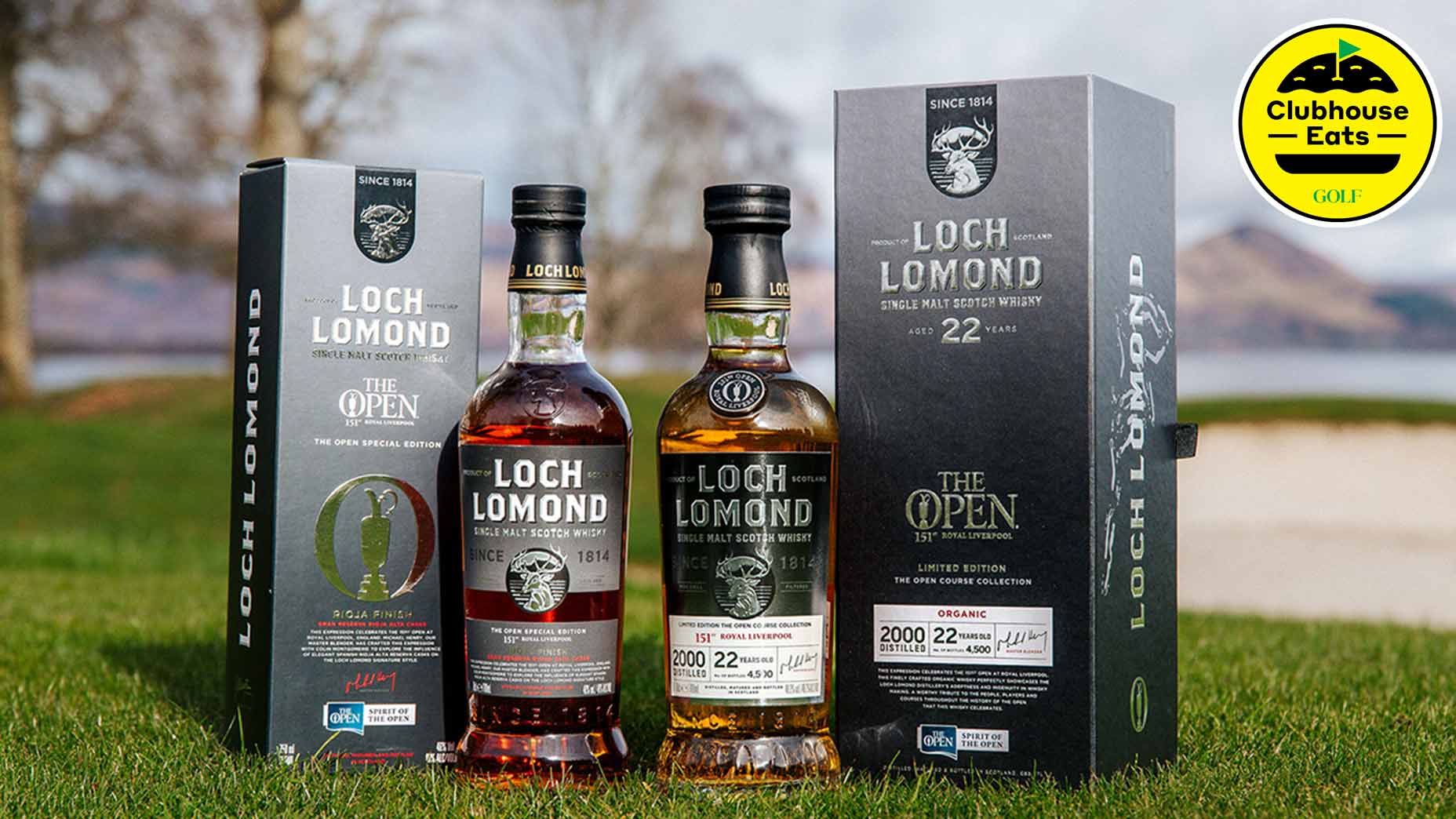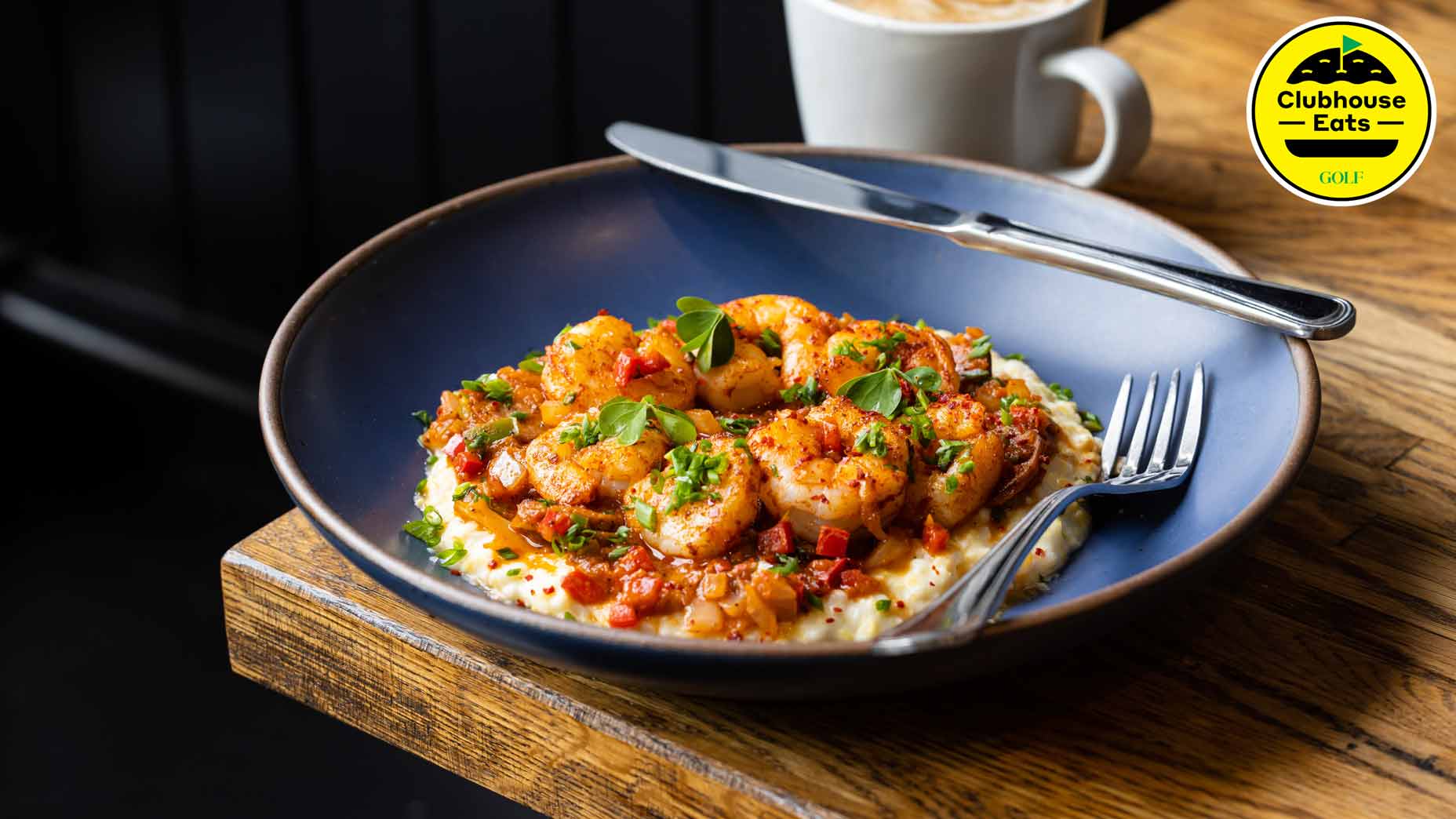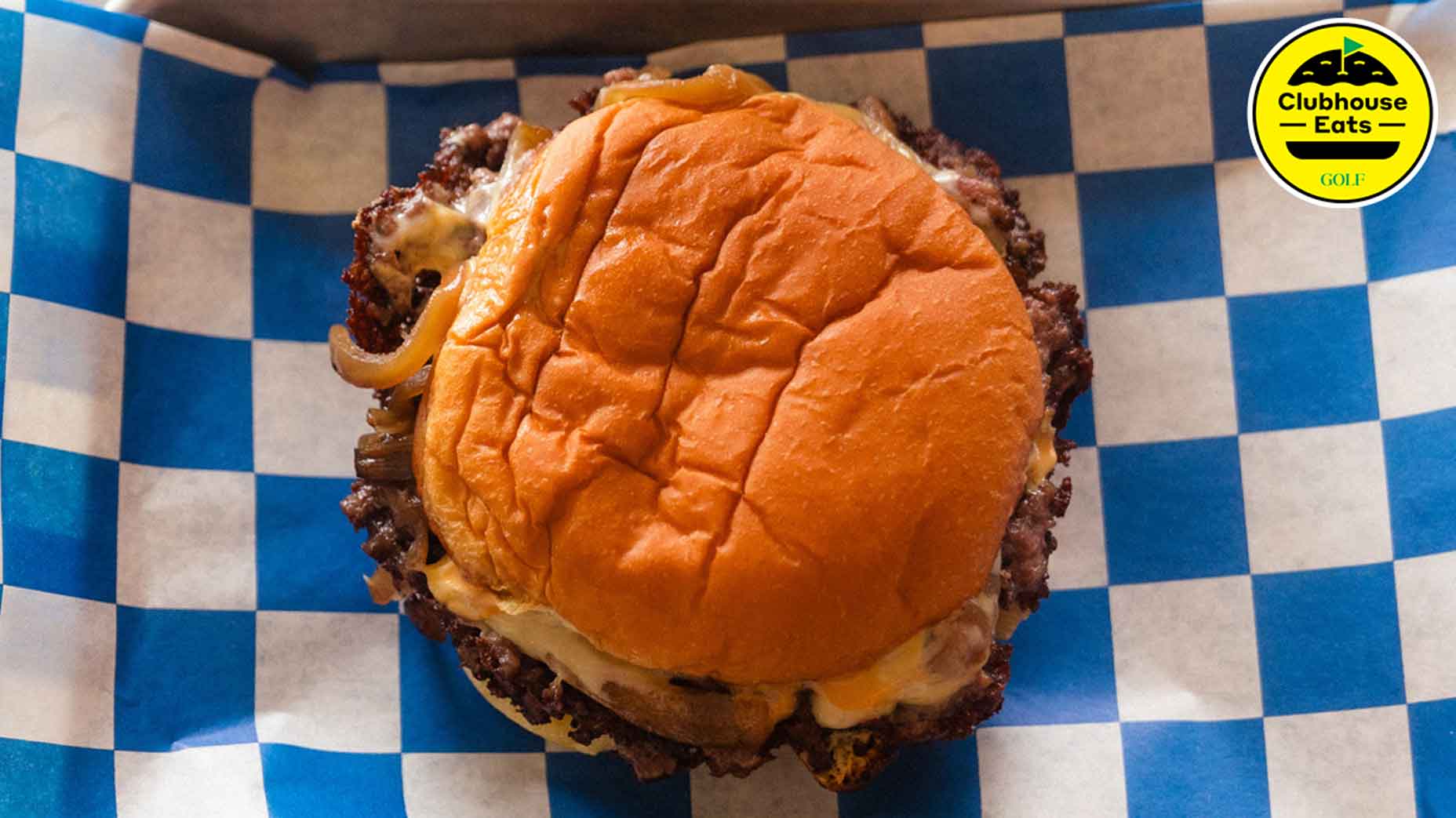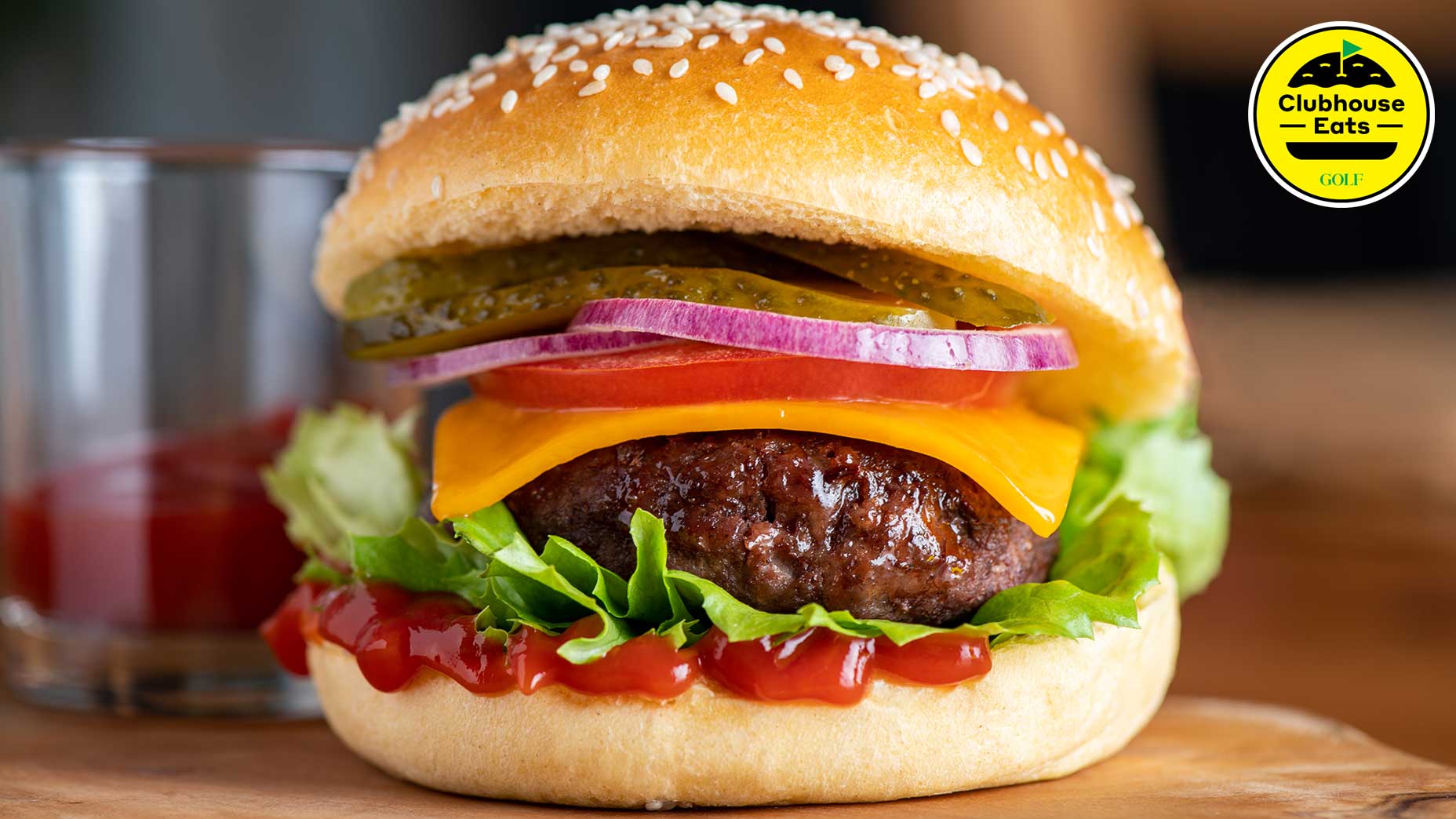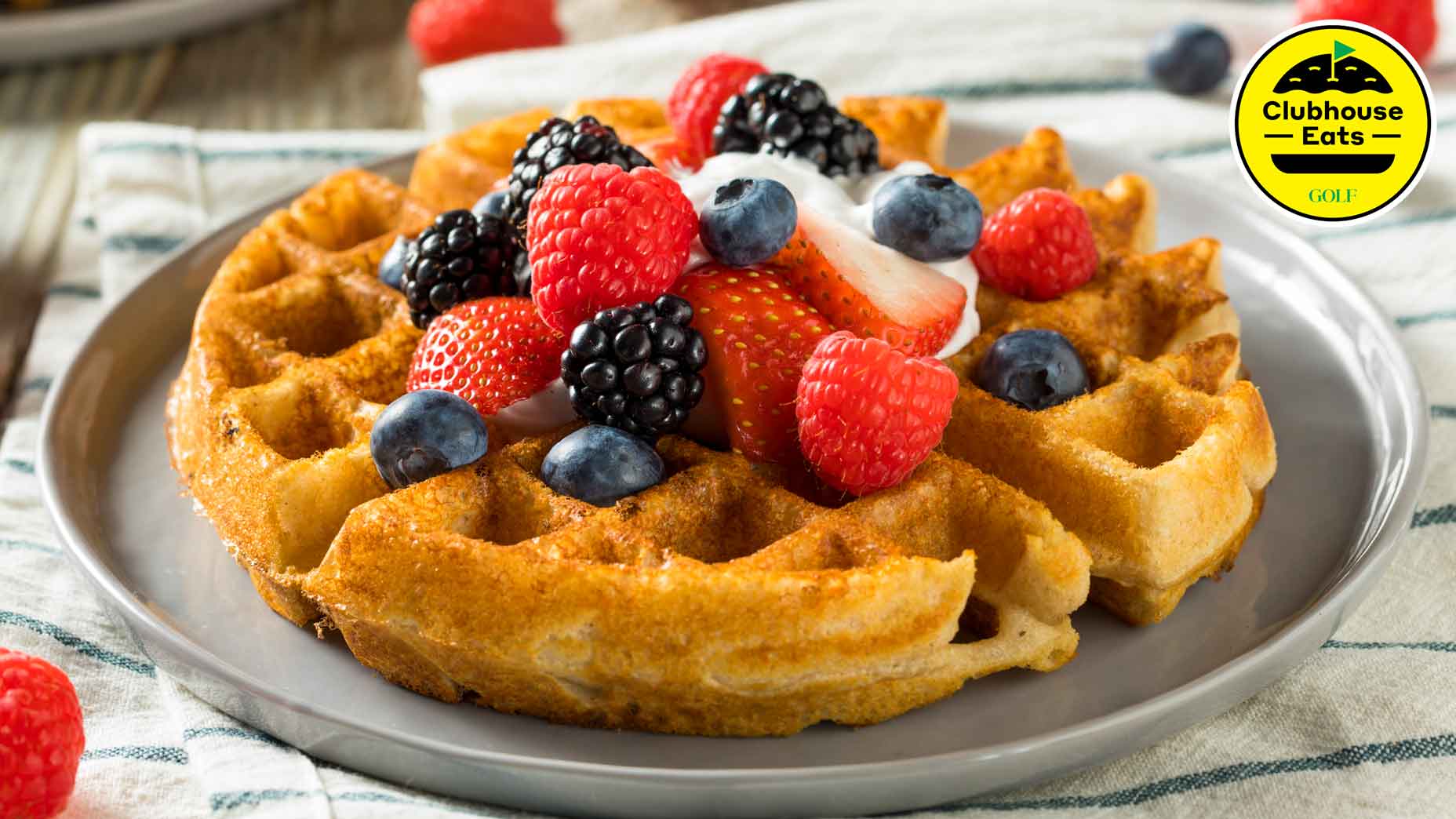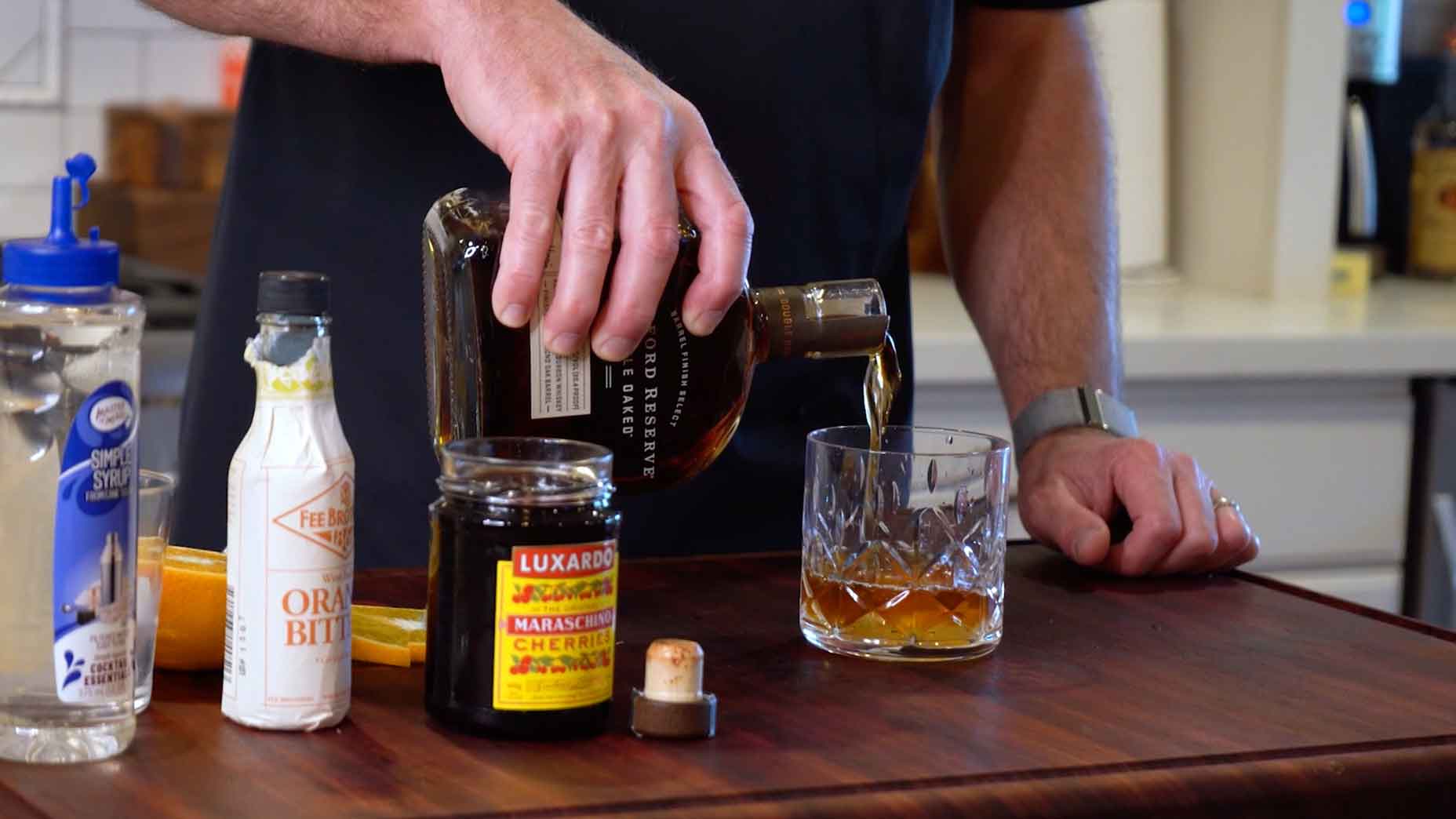These 7 cask-finished spirits are perfect for a summer night

Whiskey is one of many cask-finished spirits you can enjoy.
Getty Images
Welcome to Clubhouse Eats, where we celebrate the game’s most delectable food and drink. Hope you brought your appetite.
***
Back in 2018, the late Dave Pickerell, a master distiller and co-founder of WhistlePig Whiskey, talked with enthusiasm about the future of the industry. In particular, he embraced the notion of finished whiskies, suggesting that a younger drinking generation is “driving the train” in terms of where the industry is headed and the composition of future spirits.
“They want new and different and interesting,” he said. “The best that I can do is to give them more pastureland to graze in. And that comes in terms of releasing finished whiskies. The base spirit is still the same, but maybe it’s a Calvados finish this time, maybe it’s an Armagnac finish, maybe it’s a Scottish hogshead finish, or a Sauternes finish or a Port finish or a Madeira finish.”
At the time, WhistlePig was heavily experimenting with the technique — probably more so than any other American whiskey producer — but the rest of the industry has caught up since. In fact, cask-finishing is a technique that is now permeating most spirit categories. Here, we highlight seven expressions across six distinctive spirit categories that are all worthy of a generous pour.
WhistlePig 12-Year Old World
When WhistlePig released its Old World expression almost a decade ago, the blend of rye whiskies finished in Port, Sauternes, and Madeira casks in many ways popularized the notion of finishing a whiskey in unique casks.
There’s enough pepper and spice on the nose to perhaps reveal the rye whiskey’s foundational grain; however, it’s laced with many stewed fruit aromas—not to mention richer wine notes—all of which disguise its true identity. On the palate, dark chocolate notes from the Port intermingle with the sweeter grape and honey character from the Sauternes casks, all of which are balanced by the almost savory sweetness of the Madeira.
Those who may question the efficacy or significance of barrel finishes need only take a sip of this 12-year rye whiskey to understand how transformative the process can be.
El Tesoro Single Barrel Añejo – The Laphroaig Edition
If you’ve ever wondered how Mexican agave and Scottish peat would get along, a sip of this special-edition tequila from El Tesoro provides the answer. On the nose, the spirit delivers bright, fresh, and herbaceous notes — all the aromas that you’d expect from a tequila, albeit an un-aged one. El Tesoro’s extra añejo tequila, by comparison, delivers more characteristic oak barrel aromas, which suggests that the peaty notes from the Laphroaig cask finish for this special release are what are enhancing the spirit’s foundational aromas.
On the palate, the peat and smokiness from the Laphroaig cask are more prominent and serve as the distinguishing flavor that lingers on the finish. As you might expect, this unusual cask finish produces a spirit that drinks like a blend of sweet, aged tequila and smoke-forward mezcal.
Plantation Rum – 5-Year Barbados Single Cask finished in Port Barrels
It’s amazing what four months of additional aging in a unique cask can do, as evidenced by a side-by-side taste test with this Port-finished rum and Plantation Rum’s standard 5-year Barbados expression. The Port finish gives the rum a noticeably darker hue. There’s a sense of added weight or depth to its aroma, as well, even though the distinctive characteristics don’t change. Baking spices dominate, though there’s a slight carrot cake-aroma that is more distinctive in the Port-finished expression.
On the palate, the easy-drinking rum gets a boost of complexity. A new layer of sweetness emerges, one that has a fruit-focused foundation (thanks to the grape connection with the Port), but the barrel finish also introduces more stewed fruit flavor, which is a customary characteristic of fortified wines. Overall, the cask finish does wonders, transforming a youthful Caribbean spirit into a layered, provocative sipping rum.
Stiggins’ Fancy Pineapple Rum Smoky Formula
If cocktail-appropriate rums are more your thing, you’ll want to check out the Smoky Formula release of Plantation’s Stiggins’ Fancy Pineapple Rum, which is finished in barrels that previously held Teeling’s peated single malt Irish whiskey. At first whiff, you might not notice much disparity between this and the brand’s traditional Stiggins’ Fancy Pineapple rum. Their aromas are remarkably similar, with the exception that the Smoky Formula’s nose introduces mild spiced-rum notes — baking spices, clove, ginger, anise, and the like.
On the palate is where you’ll find more distinction. In particular, the Smoky Formula is more savory. Whereas the traditional pineapple rum finishes with a bold presence of brown sugar sweetness and some crisp pineapple acidity, this version brings those sweet pineapple notes up front, then finishes with more spice and a touch of char. The peat character isn’t invisible; it simply shows up late, almost 30 seconds after you take a sip.
Cognac Ferrand 10 Generations – Year of the Rabbit
Much like how four months in a Port cask have altered Plantation’s 5-year Barbados rum, the same type of Port finish adds depth and complexity to Cognac Ferrand’s Year of the Rabbit, a limited edition release of the cognac house’s 10 Generations expression. Whereas the standard 10 Generations cognac delivers bright crisp aromas of pears and apples, the Year of the Rabbit offers up notes of pears and apples in baked pie form.
Similarly, the cognac’s flavor profile gets a boost. The foundational 10 Generations delivers a mix of sweet barrel notes — vanilla and butterscotch — with those aforementioned crisp fruit flavors balanced by hints of raisin. The Year of the Rabbit, however, is slightly sweeter, rounder on the palate, and softer in overall flavor. There’s a touch more spice on the back end, with plenty of vanilla and butterscotch to balance it out. Most notably, the Year of the Rabbit’s viscosity is more coating, and it offers a pleasingly warm and lengthy finish.
Hirsch Cask Strength Bourbon finished in Cognac Casks
The prospect of sipping a cask-strength, 7-year-old bourbon carries certain assumptions. In particular, dominant flavors of vanilla, caramel, and cherry cola are to be expected. On the nose, this whiskey presents itself as a full-bodied bourbon, but its potency (127 proof) prevents much of the latent character from coming through. Similarly, a sip delivers prominent vanilla, caramel, and a hint of cotton candy on the palate, but that barely scratches the surface.
With a splash of water, this bourbon comes alive, revealing raisin-like aromas that are complemented by whiffs of cardamom and other complex baking spices. The water also allows the character from the Cognac cask finish to step to the forefront, which mellows out the common bourbon flavors and creates a sipping whiskey that’s balanced, rich, and sophisticated.
Barrell Craft Spirits – Dovetail
The notion that less is more is proven true more often than not. However, in the case of Barrell’s Dovetail — an American whiskey finished in rum, Port, and Cabernet Sauvignon barrels — the opposite is true. Bottled at more than 124 proof, this cask-strength whiskey is an assemblage of flavors and aromas. The nose is defined by a confluence of sweet notes — molasses; brown sugar; caramel; and sweet, ripe fruit — all of which are balanced by a touch of spice and a hint of char.
On the palate, the whiskey is incredibly viscous and boldly accented by vanilla and caramel at the forefront, though a prominent peppery note suggests that the whiskey likely has a high-rye mashbill. In the background, faint dark chocolate undertones linger. With a splash of water, this potent whiskey reveals more of its character. Spices — think cardamom and pink peppercorn — dance on the tongue, while the flavors of a soft, chewy caramel linger on the finish. Especially given the whiskey’s strength, a conservative pour goes a long way.


